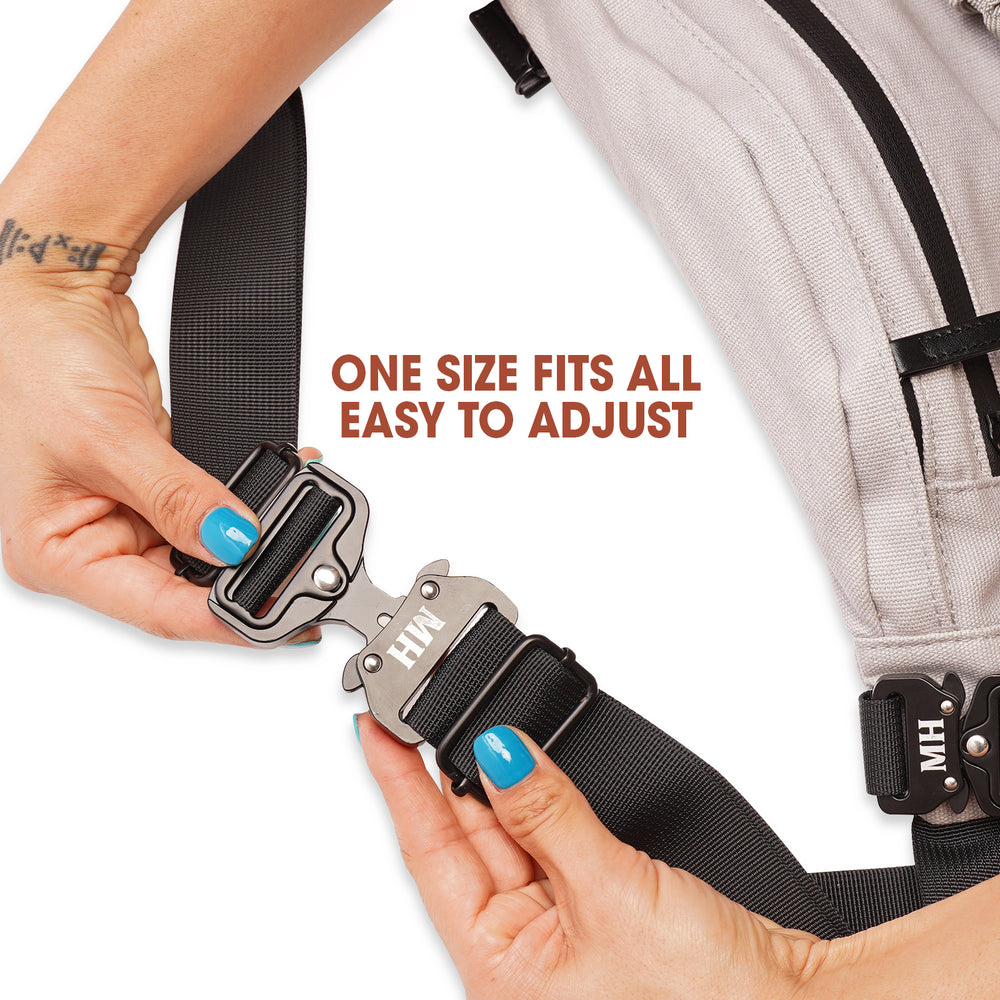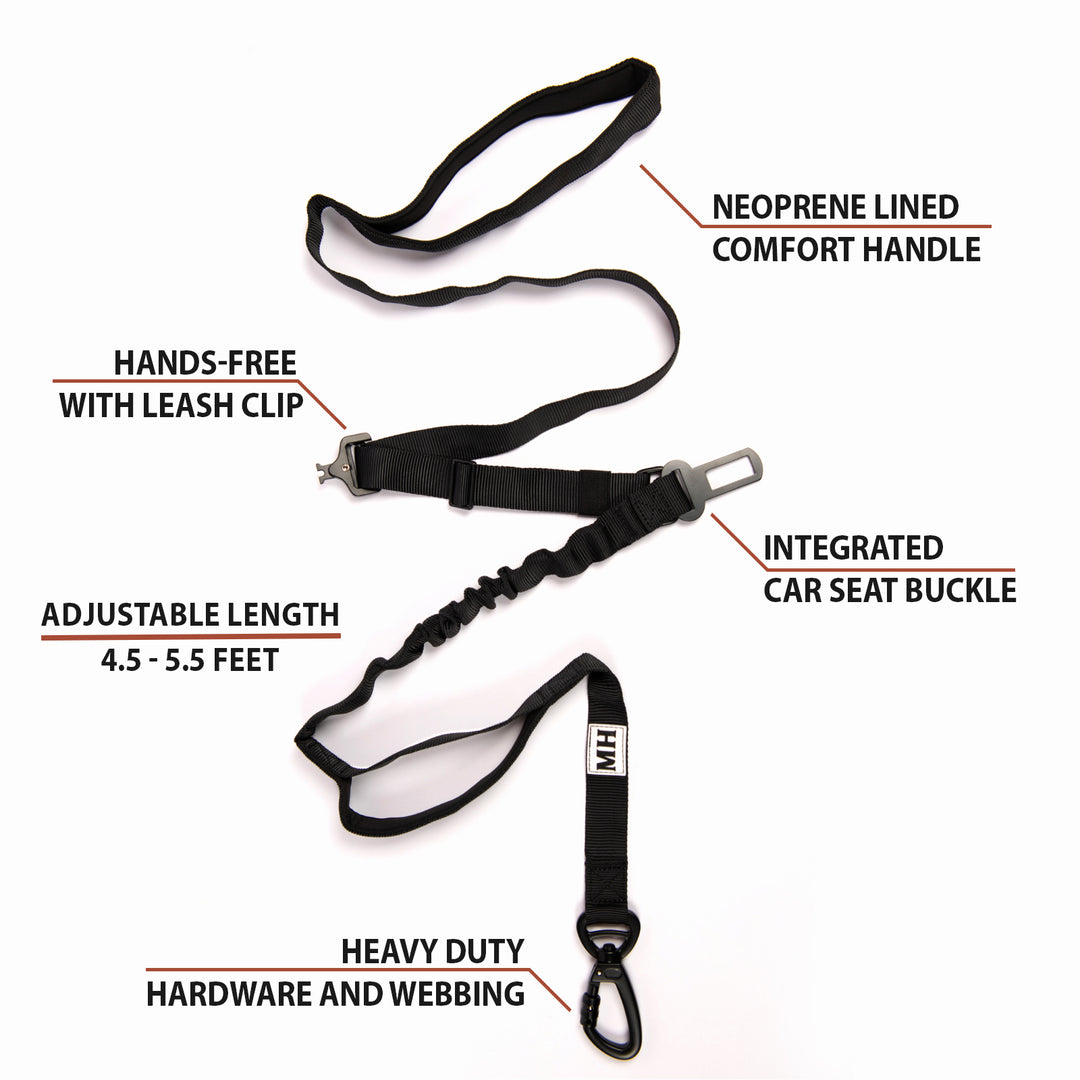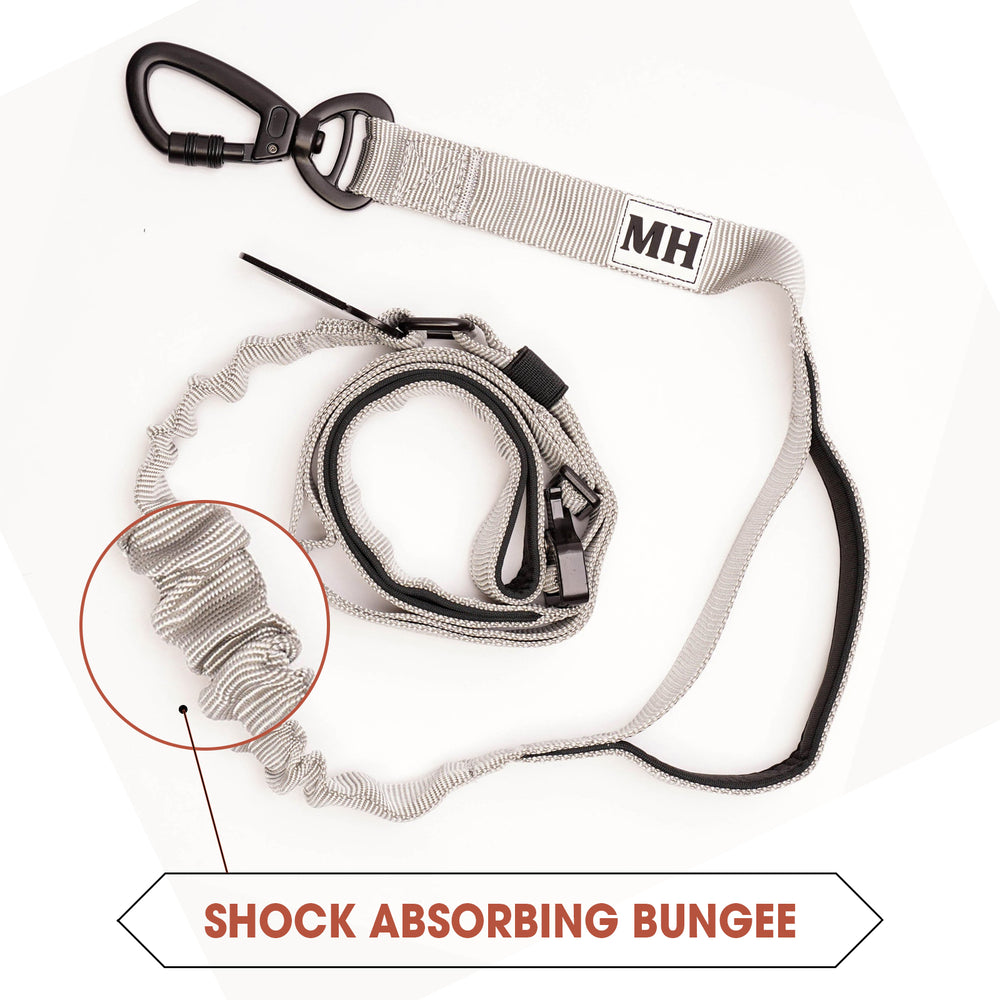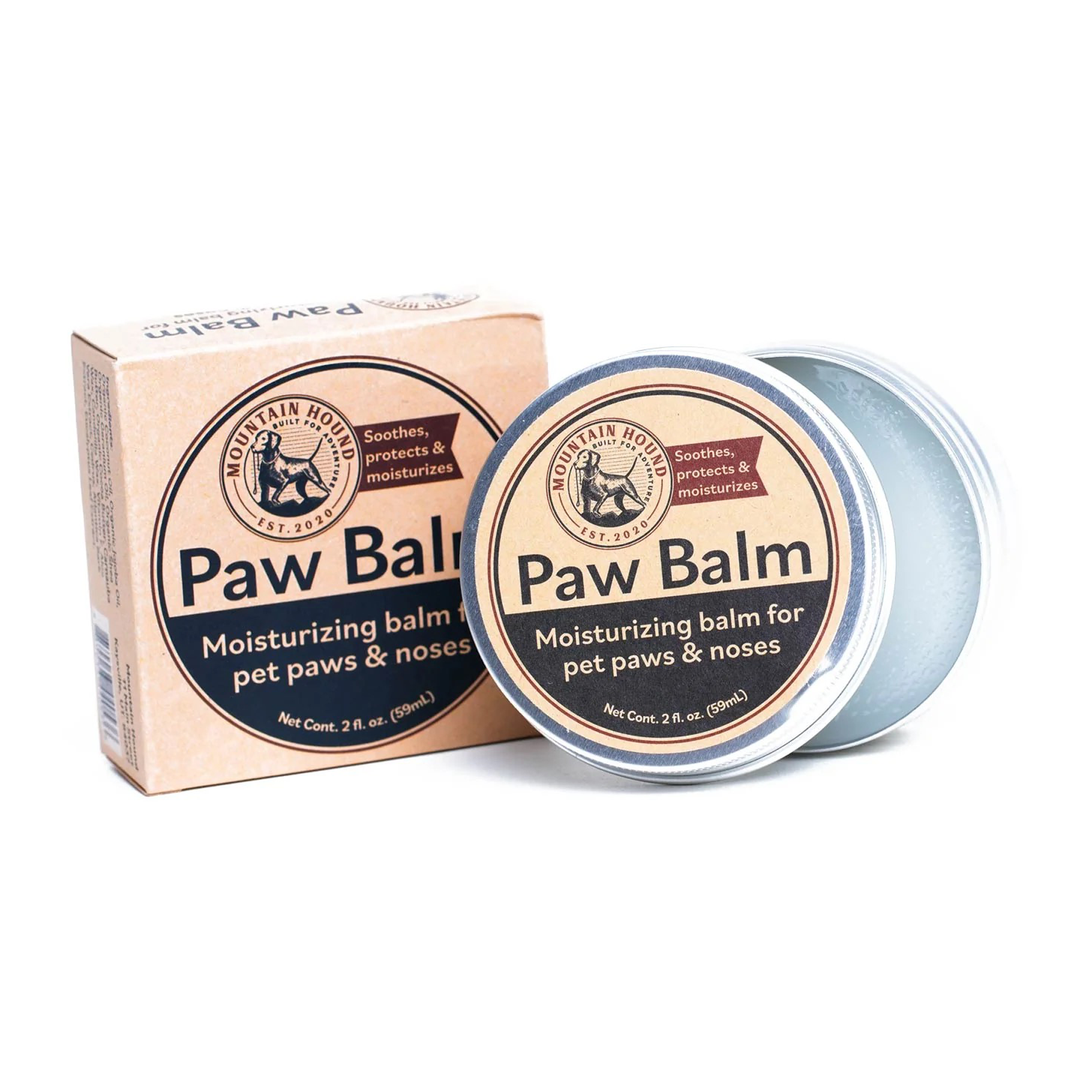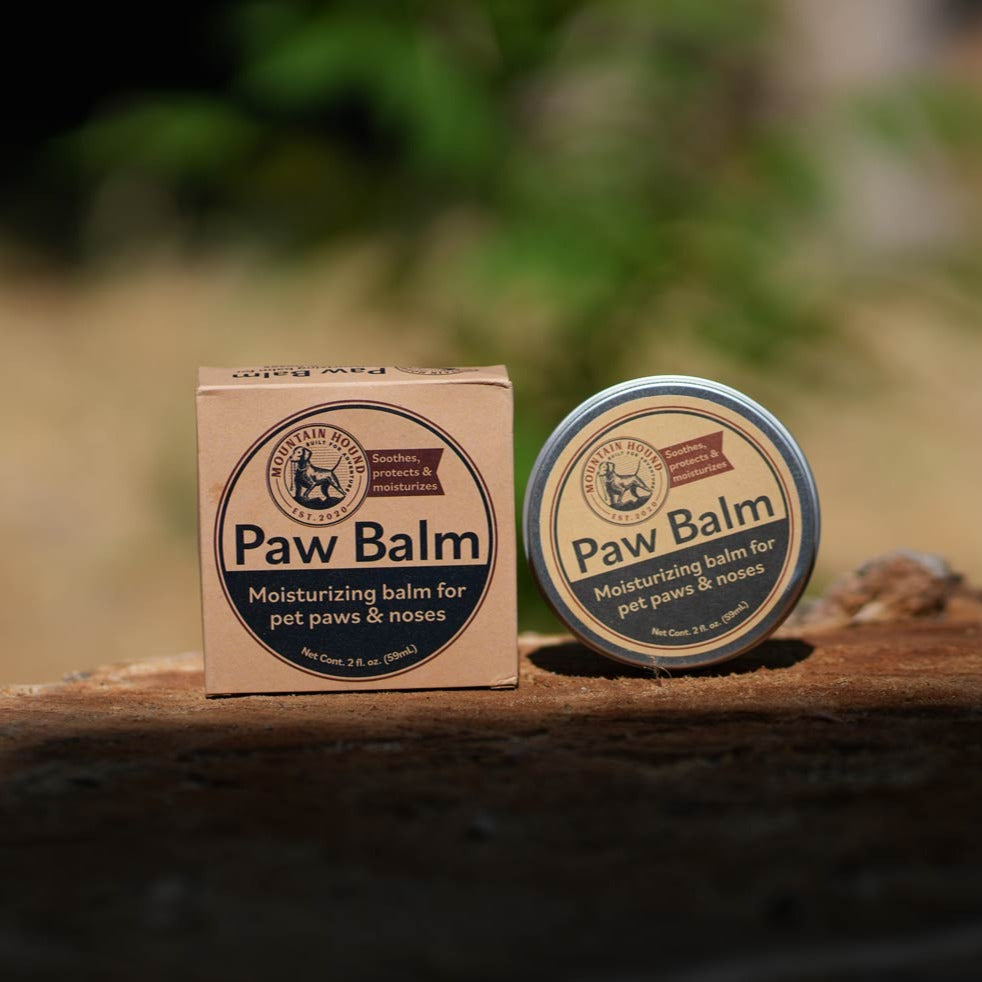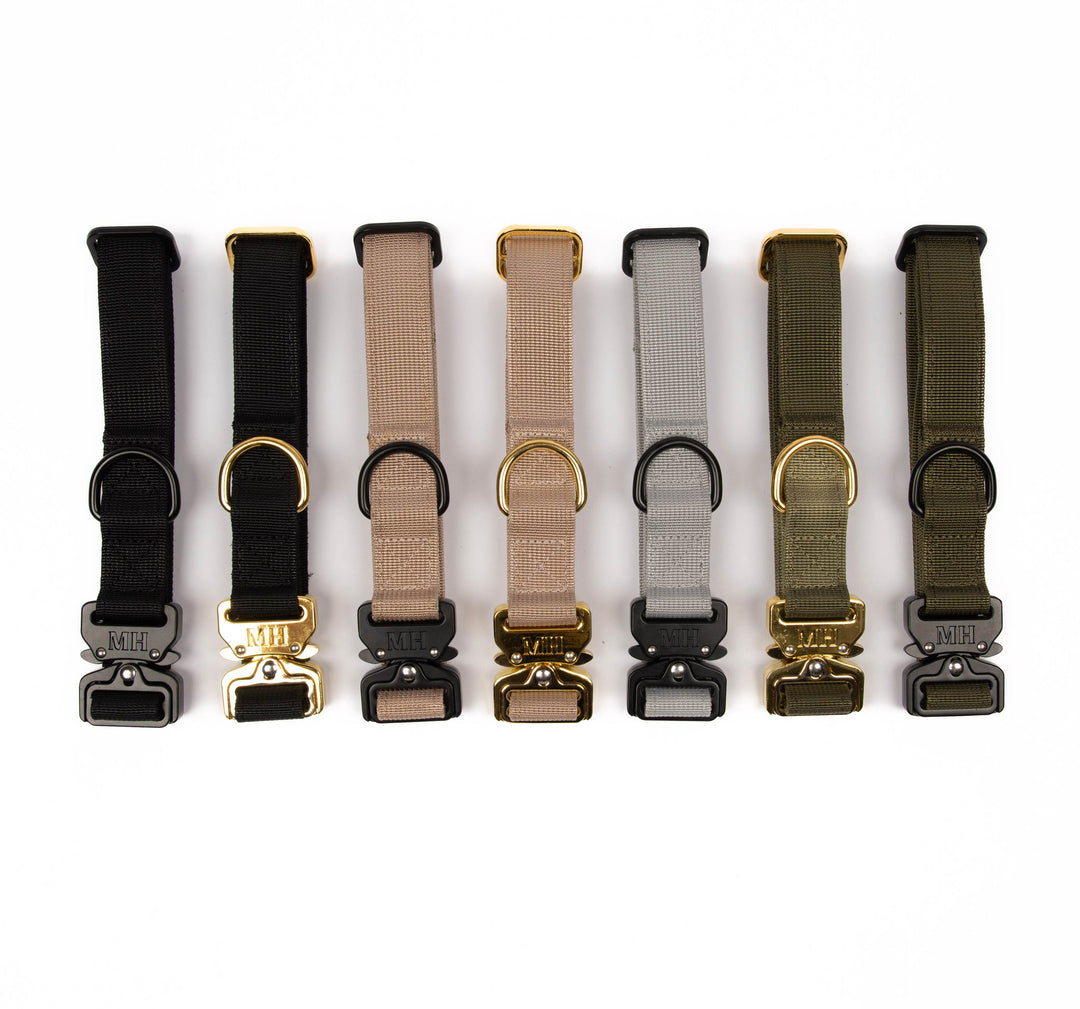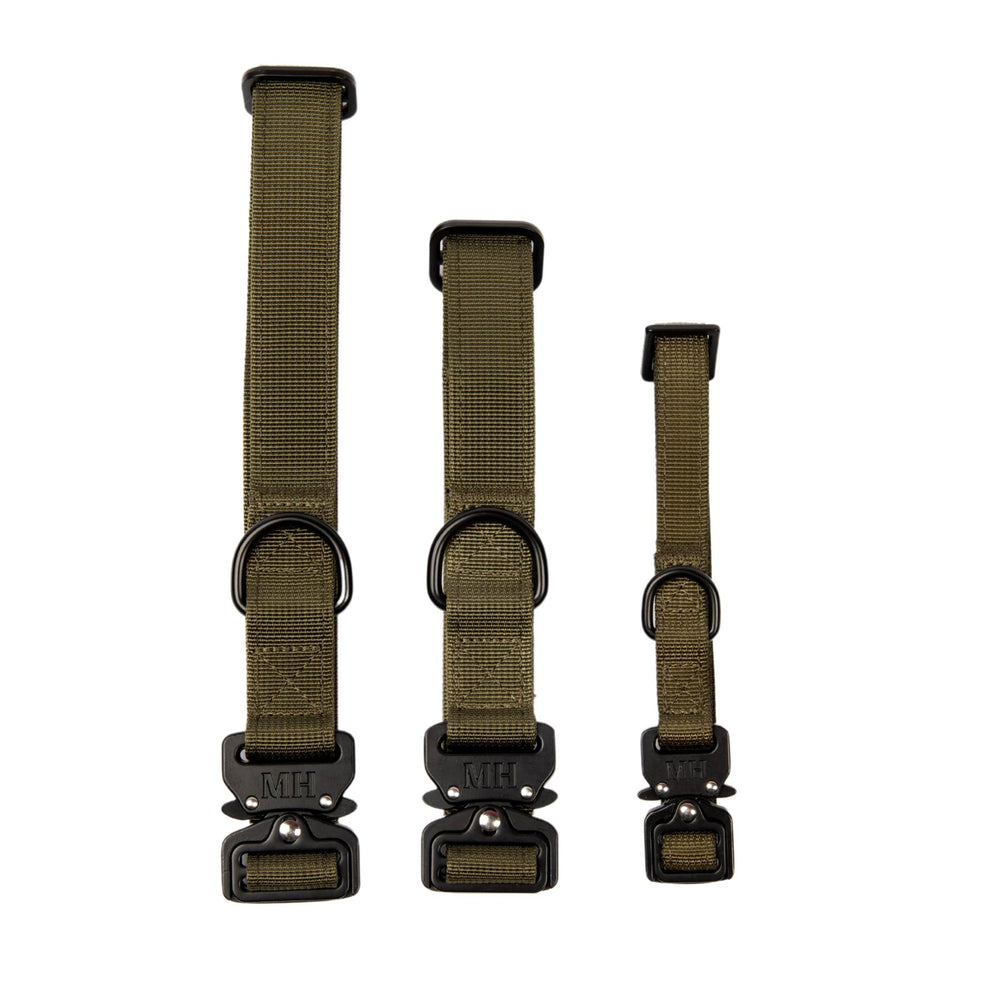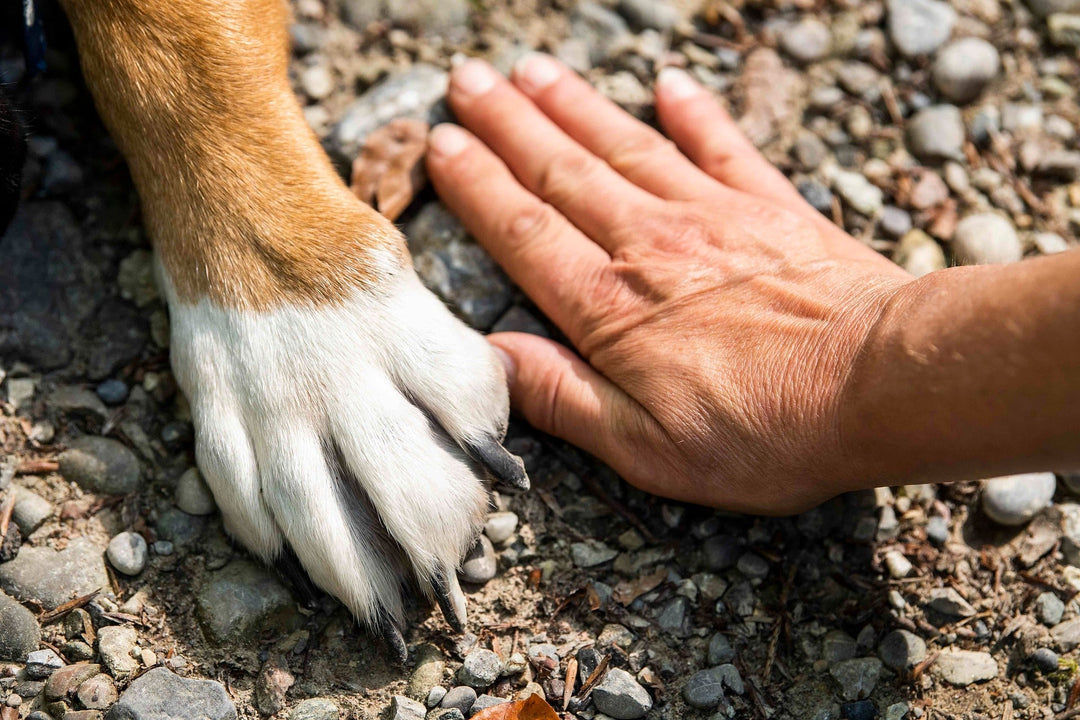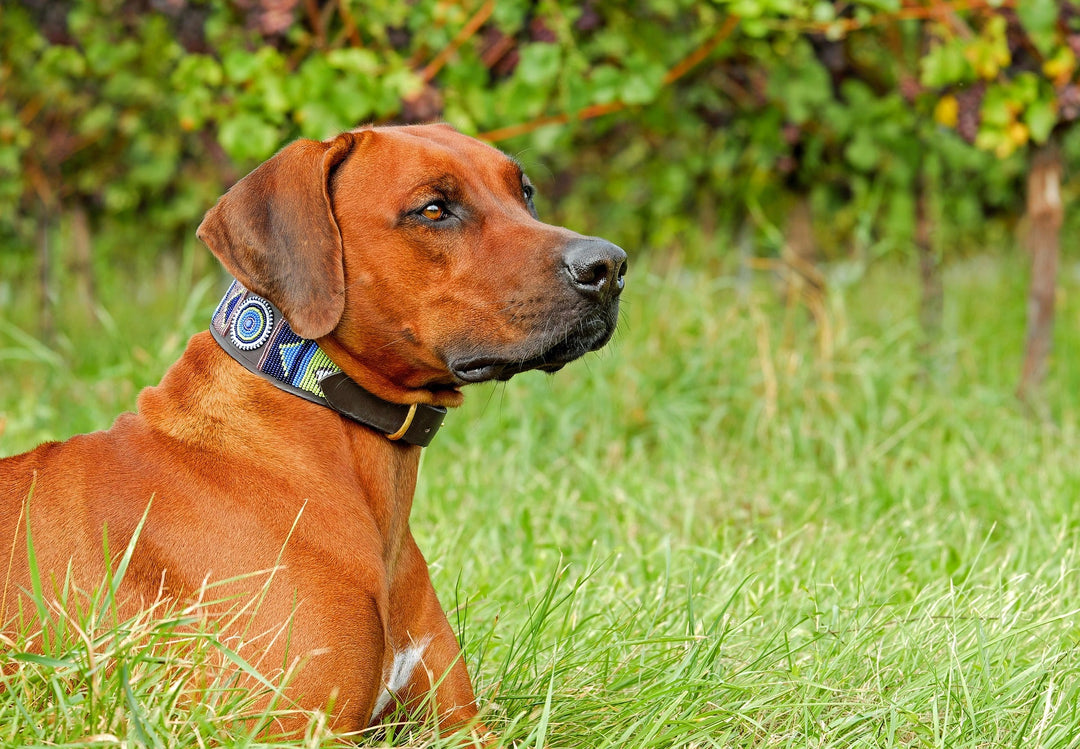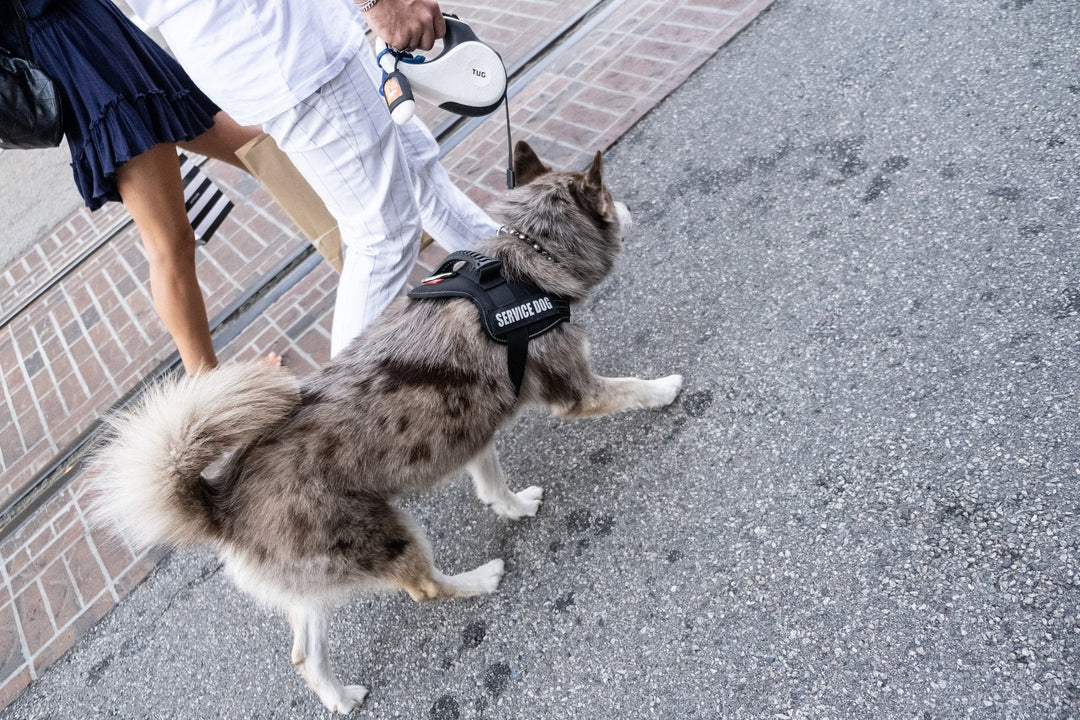First Aid Kit for Pets
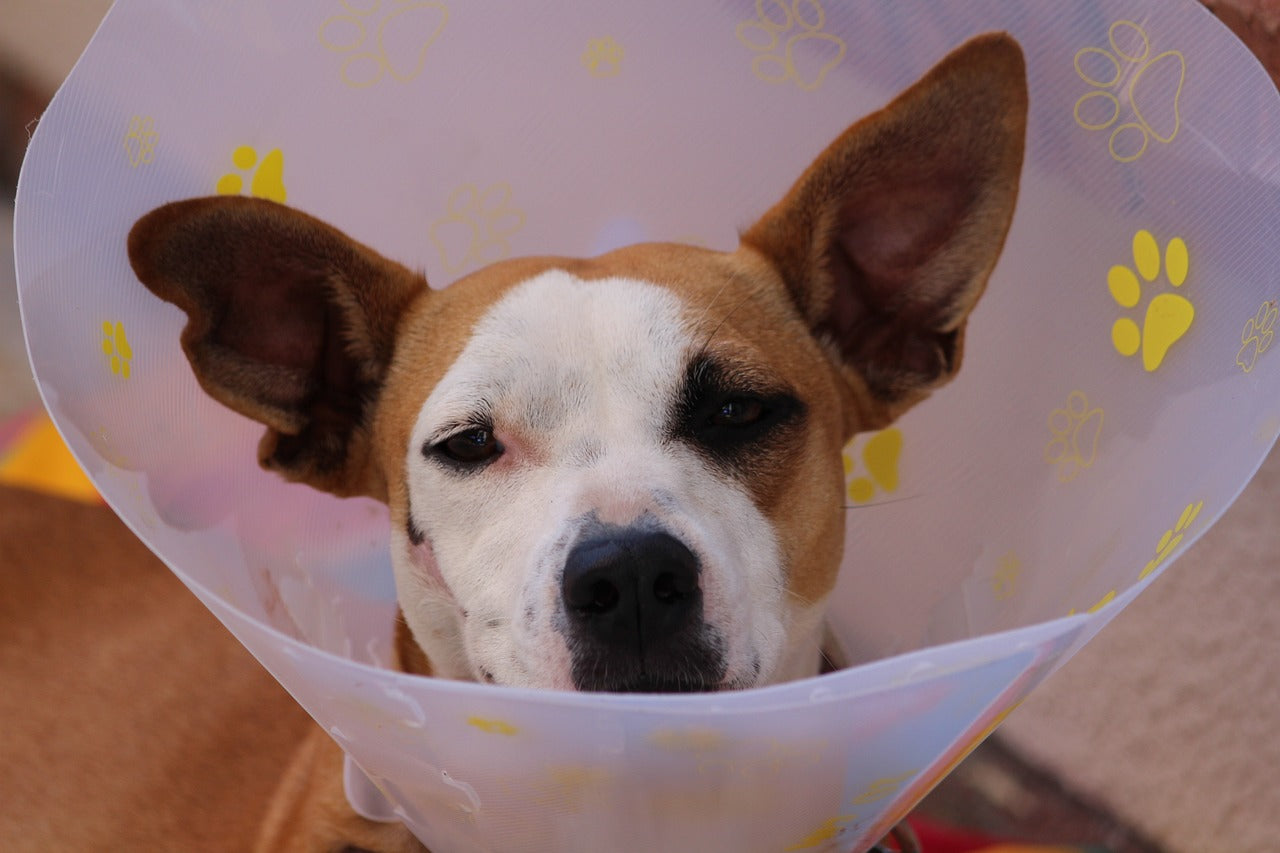
Emergency pet care isn't something any pet parent envisages when heading out for a lovely hike or ramble with their favorite furry family member.
Unfortunately, emergencies have a habit of cropping up without prior notice, from unforeseen road accidents to broken bones, poisoning and even heat stroke! Like children, our loveable hounds can quite easily find themselves in life-threatening situations!
Often as pet parents, we are first on the scene, which means we have to be prepared for every eventuality, even if it is a simple case of tender tootsies or a minor cut or abrasion. A well-equipped first aid pet kit with the correct dog accessories is just as crucial as having one for human family members.
Pet First Aid Kits Should Contain
Carrying a pet-friendly first aid kit when out adventuring and brushing up on the basics of four-legged first aid procedures can mean your hound lives to yap another day!
Certain first aid items should always be included in a pet first aid kit:
- Gauze
- Cotton pads
- Antiseptic wipes
- Latex gloves
- Veterinary tape or bandages
- Scissors
- Tweezers
- Rectal thermometer.
Ideal pet products to consider adding to your emergency pet first aid kit include:
- Hydrocortisone cream for dogs, used for minor skin irritations or wounds
- A vet-approved antibiotic ointment for cuts and scrapes
- Saline solution for dogs used for cleaning eyes and minor cuts or scrapes
- Hound nail clippers and styptic powder to stop bleeding
- A spare leash, collar or muzzle are ideal dog accessories to include in a pet first aid kit.
- Any medications prescribed by your vet
Hound Emergency 999!
When it comes to emergencies, certain scenarios require immediate first aid; for others, the best plan of action would be to call your vet without delay.
6 Hound Emergencies Pet Parents Might Encounter
- Bleeding or Injury - If your dog suffers minor bleeding from a surface injury, you can stop the bleeding by applying pressure. Use a gauze or a clean bandage to stem the blood flow and only release pressure when the bleeding has stopped.
- Allergic Reaction - If your hound has a swollen tongue, gums, or face; difficulty breathing; or hives, you should contact your veterinarian right away.
- Heat Stroke – Symptoms of heat stroke include excessive panting, drooling, or vomiting. Cool your hound down with a wet cloth and contact your veterinarian for further instructions.
- Poisoning - If you suspect your dog has wolfed down something poisonous in error, call the animal poison control hotline or your vet immediately for instructions on how to proceed.
- Choking - If your hound is choking, check their mouth for any visible obstruction and remove it if possible. Keep your fingers clear of sharp teeth! If the blockage cannot be removed, you must immediately take your hound to an emergency veterinary clinic.
- Fits- If your pup is experiencing a fit, remove anything that might cause them injury, such as furniture or objects with sharp edges. Do not try to restrain your dog or put anything in their mouth. Once the seizure has stopped, contact your vet for advice.
When to Seek Emergency Veterinary Care Without Delay
- Suspected internal injury (i.e., abdominal swelling)
- Severe dehydration
- Excessive vomiting or diarrhea
- Extremely high fever (> 104°F)
- Paralysis
- Suspected Poisoning
- Severe trauma (car accident/dog attack)
- Strangulation or choking that cannot be relieved with first aid measures
- If your dog is not breathing or is unresponsive
Basic Hound Resuscitation
Finally, it's important to know the steps for basic dog resuscitation in an emergency.
- Place the dog on its side
- Check if your hound has stopped breathing
- Open your dog's mouth, gently pull their tongue forward and remove any obstructions (blood, food, foreign objects).
- If your dog is still not breathing, hold its mouth closed and blow into its nose (x 20 breaths per minute).
- In the absence of a heartbeat, compress their chest just behind their front legs in 1-second intervals. Blow two breaths into their nose for every 15 chest compressions. Sadly, resuscitation is unlikely if there is no change after 3 minutes.
Final Thoughts
While a pet first aid kit is a vital pet parent essential, ensuring you have the right dog accessories and pet products, such as water bowls, leashes and poop bags packed when out adventuring, is super important. Keeping your hound hydrated, safe and on the right side of the poop police with the correct dog walking supplies is just as important as being prepared for a hound emergency.
Image by Ulrike Mai from Pixabay



